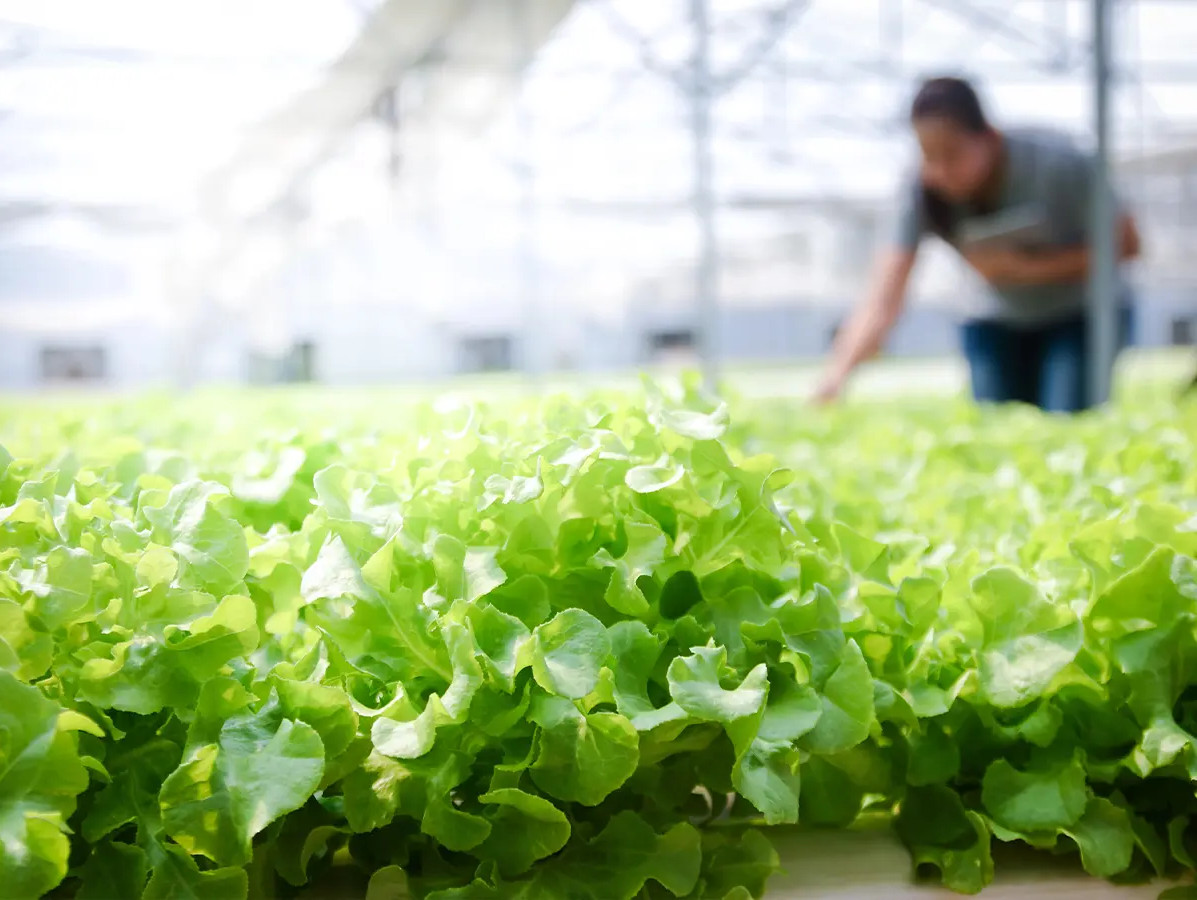
Organic is growing, but not fast enough. Supermarkets are making significant progress, while farmers, producers, and government are still defining their role in accelerating the transition. KPMG spoke with over thirty players across the supply chain and identified five growth drivers that could help the Dutch food industry structurally expand the organic market.
Demand for healthy, sustainable food is increasing. Yet half of consumers still don’t fully understand what the organic label actually means. Confusion with other certifications remains widespread, even though the EU label is bound by strict regulations. Targeted consumer education is therefore essential. Supermarkets are investing in clearer communication at the shelf. Positive messaging proves effective: in a Bionext pilot, sales of organic vegetables increased by 21%.
The second growth driver is narrowing the price gap. Organic products are still on average 48% more expensive than conventional ones, despite a decline since 2019. Retailers are trying to close the gap with discounts or lower margins. Albert Heijn offers a 10% discount for Premium members. Lidl and Jumbo link sales targets to their sustainability policies. Plus is aiming for 5% organic turnover within its overall assortment.
A third driver lies in expanding the product range. The organic fresh section is now well stocked. In some retail chains, certain products are even only available in an organic version. Still, dry grocery products are lagging behind: only 36% of that category is organic, while it accounts for 47% of total turnover. The so-called ‘organic stairway’ plays a role here: consumers tend to start with fresh products, and only later make the switch to processed goods.
The fourth driver is about price certainty and long-term contracts. With only 4% of farmland being organic, there’s clear room for growth—yet farmers hesitate. Switching is costly and hard to reverse. Without long-term agreements and price guarantees, investments are unlikely. Initiatives such as the ‘Hutspotakkoord’ between Lidl and Biohuis offer perspective and provide farmers with more security.
Finally, supportive government policy is crucial. The government has named organic growth as a priority, but according to the sector, a cohesive long-term vision is still lacking. Schemes like the Eco Scheme 2024 are helpful, but structural support—such as seen in Denmark—is still falling short. Here too, the food industry plays a key role: collaboration with supply chain partners and clear market development can help accelerate policy efforts.
Read KPMG's report ‘Unlocking growth’ .
Source: KPMG